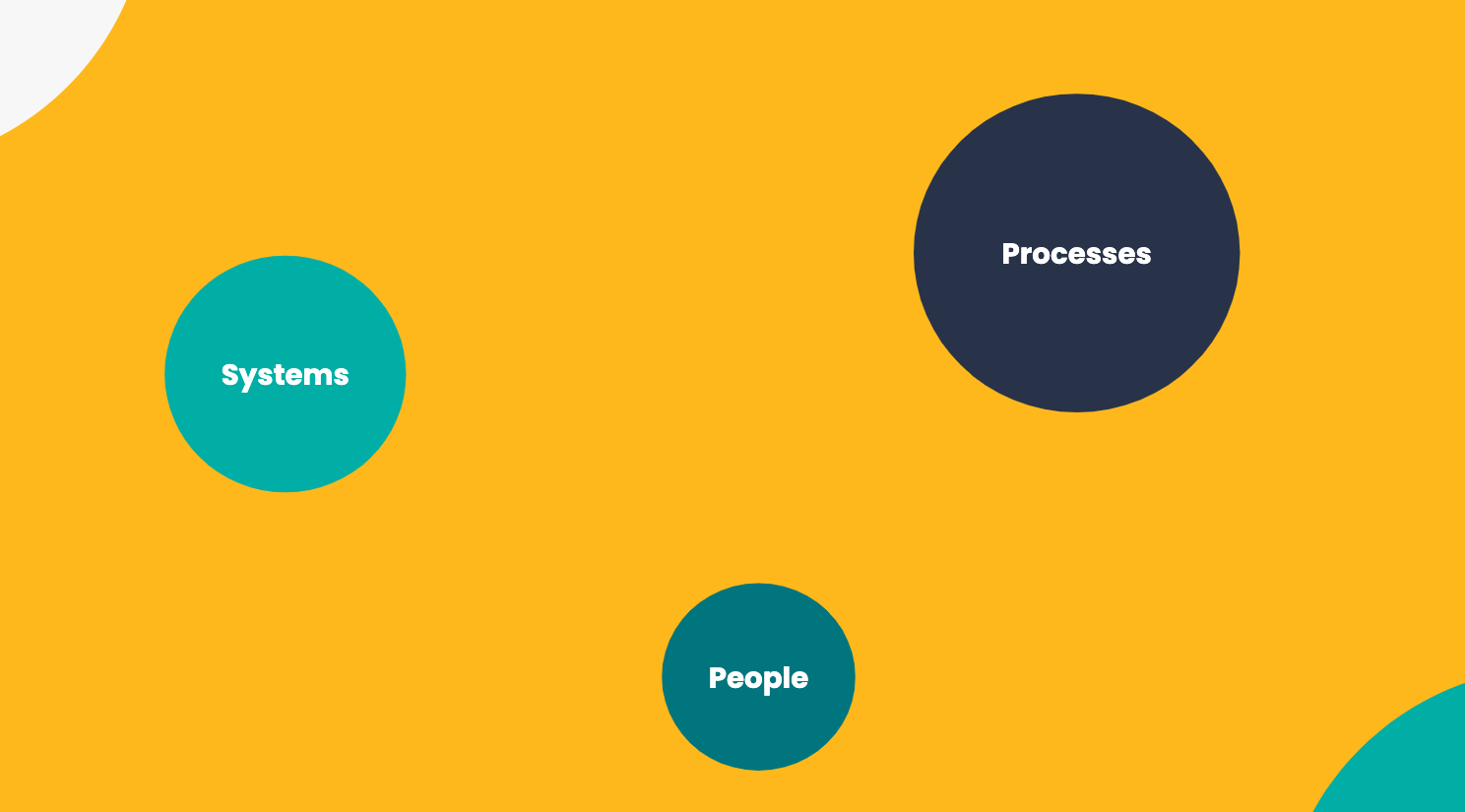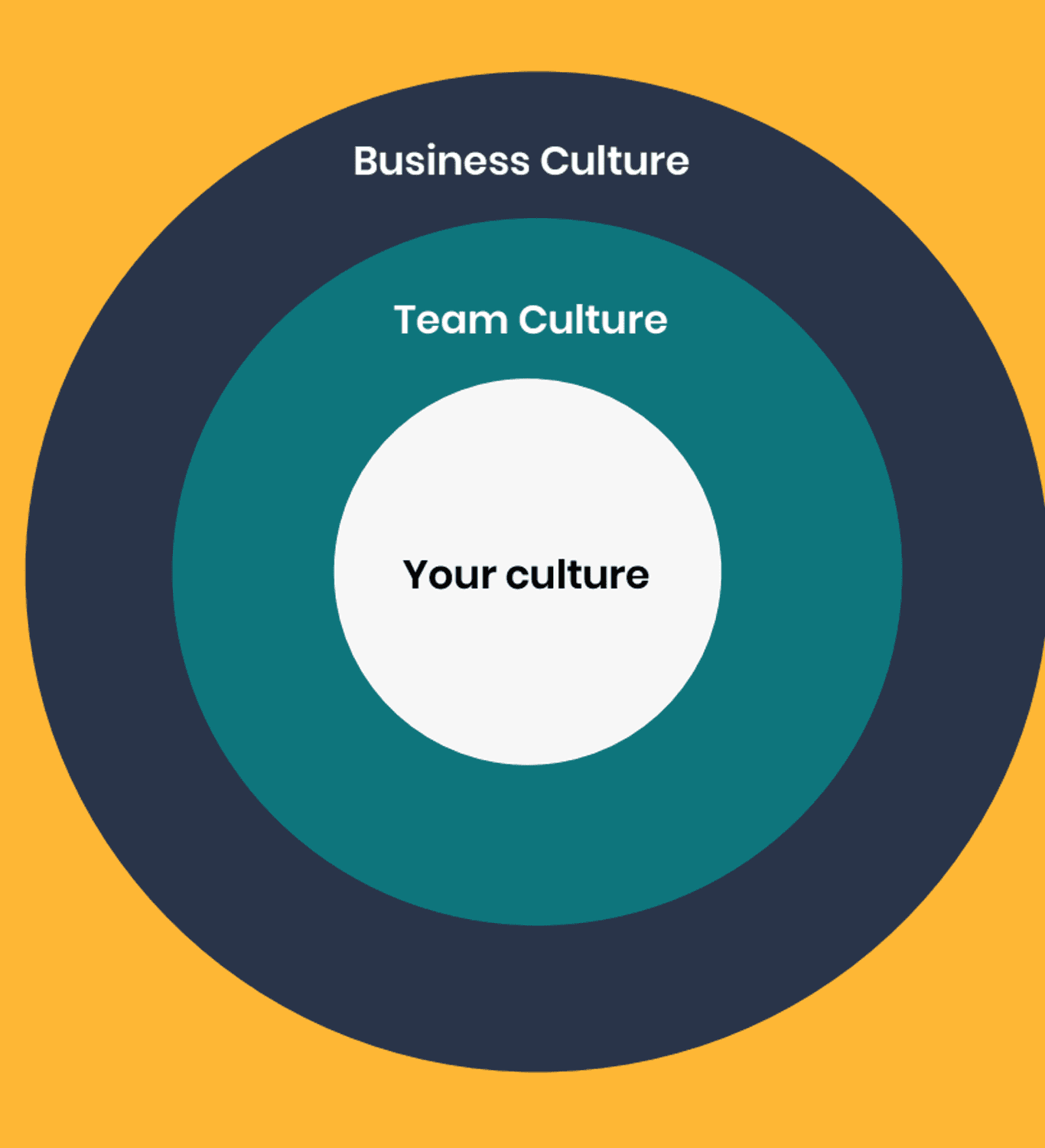Understanding Culture & Priorities (Part 1 of 2)
How can we shift the way we think about organisational culture to help us do our best work?
My focus this year is to work with people who are passionate about culture and growing an understanding that when your culture is right; magic happens.
So, when the iNetwork asked me to run a workshop at their #culturechange event, I couldn’t say no. It was a great opportunity to speak to leaders in the Public Sector about the challenges they face through austerity, transformation, and demanding targets. Let alone the teams and people who are needed to make that change happen.
My challenge was to fit a framework and workshop into 40 minutes that would leave the attendees with a tool that they could take away with them to help start aligning their teams to a common objective.
Before getting started with the tool (that’s for part 2), I explained the importance of understanding the constructs of culture and quite frankly, why I think we’ve got it backwards at the moment.
Organisations and business tend to have three disparate functions working at the same time:

Systems, processes and people
You’ve got these three bubbles floating around in your structural ether.
Your systems are things like Slack or finance software—it’s the stuff you need to be able to do your job.
Your processes are then the rules and policies that sit around it. For example, “If I have a dog emoji on my Slack status, I’m out walking the dog” (not a real example) or ‘To access the finance software, you need a secure login, can’t leave your screen unlocked and you need to a separate spreadsheet as a back up” (a very real example).
Then, floating around, often as the tiniest spec in the abyss, is people. The folk who have to abide by the processes, to use the systems to get shit done. People are the be-all and end-all of any and every company—without them, your organisation wouldn’t exist.
And of course, there are many other bubbles in the ether but I’m trying to keep this simple.
Now, here’s what I think it should look like:

Culture encompasses everything
A big bubble of culture that sits around your systems, people and process and people sit right in the middle of it.
Culture should be the tangible entity that drives the decisions about the systems and processes we use. Culture empowers people to deliver their best work because they’re happy.
Culture brings all of those silos closer together so that we can design processes that enable better systems and that work for everyone across your organisation.
If that’s what culture is, how can you apply it to your organisation?
I see culture on three different levels.

3 components to culture
To begin with you’ve got your culture—all the things that make you, you, diverse and unique. It’s important that we build in the time to reflect and support one another to have a better understanding of our own individual cultures.
You then have your team culture. This is where things get a little bit more interesting. It’s how a bunch of unique individuals can embrace their own cultures to work together to have a positive experience and produce spectacular work.
And then finally, you have a business culture which is how lots of teams work together and are often united by values.
This is the reverse of the culture models we use at the moment.
Currently, across organisations of varying sizes, you start with the organisation culture. You then think about how this applies to teams and functions. And finally, you have the trickle-down effect onto what this means for individuals.
This can sometimes feel like:
- A board of senior directors coming up with a mission statement.
- A team of people turn a mission statement into values.
- Those values end up getting explained at a team away day and then plastered over the office walls without people really understanding what they mean or where they come from(or forgetting them because of the free bar at the team away day).
As a result, the trickle down effect is lost and the culture you end up with, isn’t able to deliver the values you want to help the organisation meet its mission.
So what we’re aiming for is culture that looks a little something like this:

Your culture sits in the middle, you then fit into your team and your team fits into your business.
A Russian doll effect of how your culture is important to business culture. This starts to feel like:
- Drinking tea is really important to me and my productivity.
- I let my team know that tea breaks are where I get my difficult thinking done.
- This means that the business culture might shift to allow regular breaks that encourage different types of thinking and that stops the mantra of “we only know you’re working by the amount of time you sit at your desk.”
This is of course a simple way of helping people to get comfortable with a new way of thinking of their organisational culture and empowering them with the fact that change is in their hands. Start with yourself and understanding your culture, the rest will follow.
Stay tuned for Part 2—it’s where the fun starts. It’s where we move from theory to practice.
Got any questions or want to find out more about my upcoming book get in touch.
